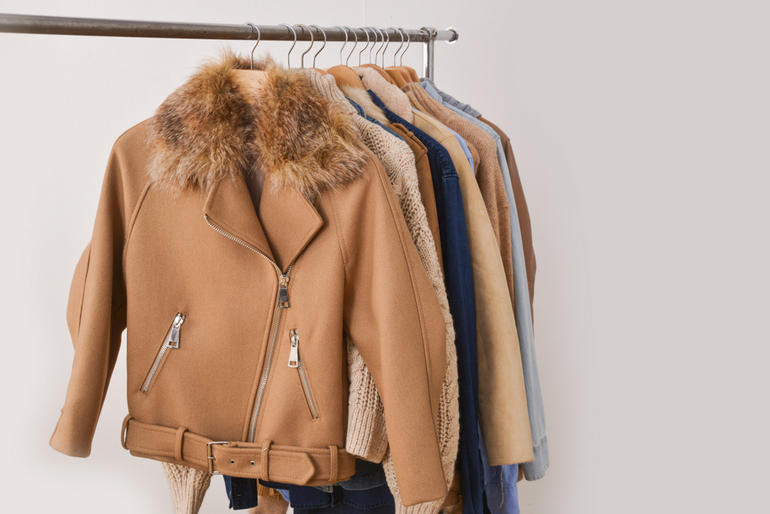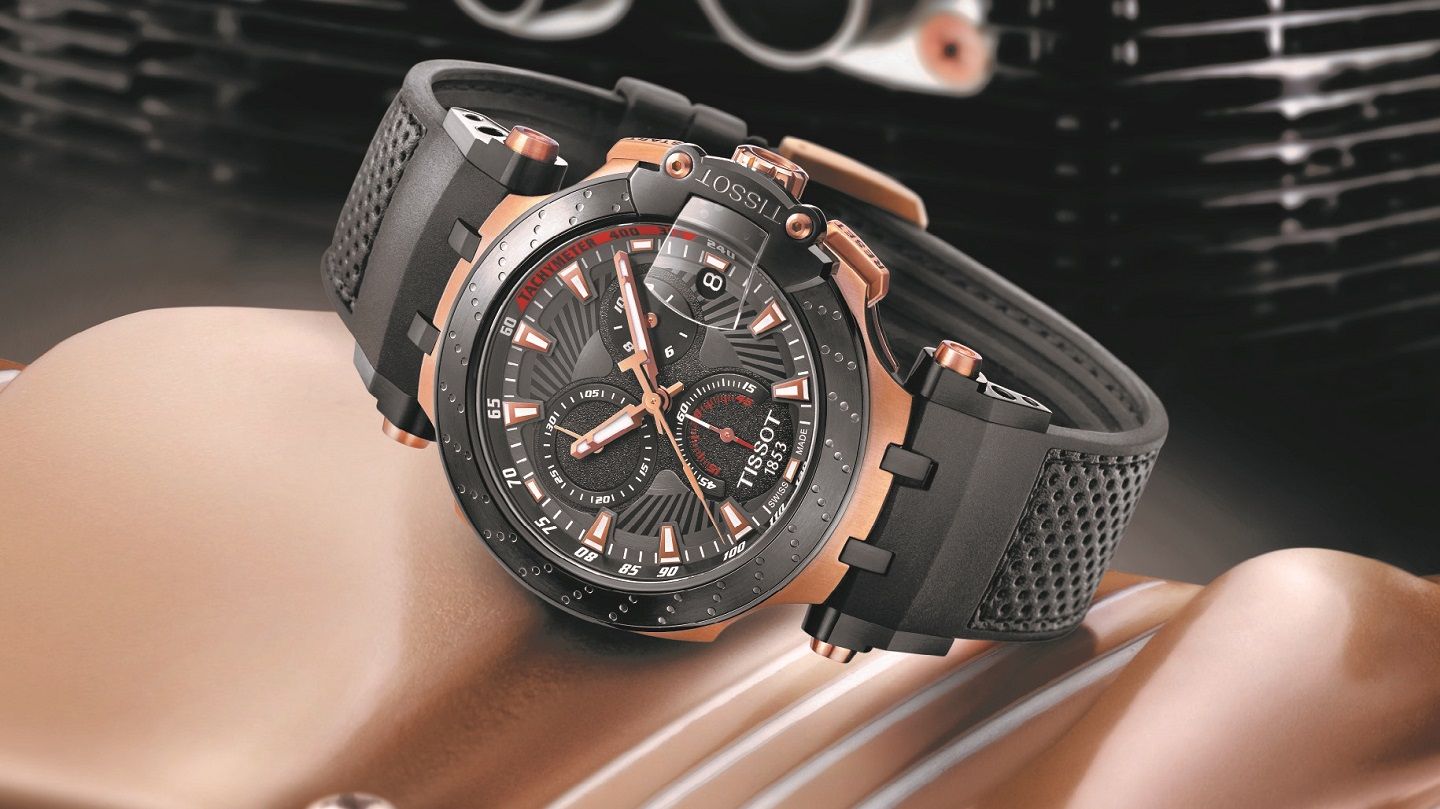As the seasons move from fall to winter, your closet might be in need of refreshment. Since winter clothes tend to take up more space in general, you should think about making this transition so your closet and dresser don’t get too packed. If there’s one thing we know, it’s that nobody likes an overflowing closet.
You might be avoiding this task because you think it requires a lot of time and attention — and let’s face it, you’d rather be doing just about anything else. The truth is, transitioning your wardrobe is way easier than you think when you follow a few guidelines and stay organized. You’ll be amazed at what a little bit of time and thought can do. Here are a few guidelines and tips for transitioning your wardrobe from fall to winter.
Start Off Strong
Before you roll up your sleeves and get down to it, it’s important to know what you have. If you haven’t looked at your winter clothes since you put them away in the spring, lay your eyes on what you’re working with. You might have forgotten about some things (which can be a sweet surprise) or want to do a mini-purge and donate some old threads that don’t match your current style preferences. Take inventory of your clothing, accessories and even your collection of panties to see what might need to be phased out or replaced.
The first step in an efficient and painless wardrobe transition is to take unnecessary items away before adding in new stuff. For a fall to winter transition, the “takeaway” phase might look like finally putting away the last pair of denim cutoffs left over from summer or paring down on short sleeve t-shirts to make room for long sleeve sweaters. The same goes for other sections of your wardrobe, including activewear and seasonal loungewear pieces. Try to keep only what you know you will wear and go from there.

Once you’ve done away with the old via packing, donating or selling, you’re ready to move in your winter pieces. Truly, the hardest part is over and now you can get organized and excited about your upcoming winter ensembles! Here are a few tips to keep in mind while you finish off your fall-to-winter wardrobe transition:
Don’t Skimp on Hangers: We mean this in both quality and quantity. While sweaters and more casual shirts are generally fine when folded up in a drawer or cubby, there are just some items (like big coats and winter dresses) that are best kept on a hanger. Keep in mind that some of these thicker pieces are heavy, so make sure you have lots of sturdy hangers on hand to hang your heavier outerwear. You can also use hangers for organizing scarves and tights!
Keep Your Staples Close: It’s a good rule of thumb to keep your most-worn pieces of clothing at the top of your drawer or right in the middle of your closet where they’re most easily accessible. Better yet, make a dedicated drawer or section exclusively reserved for items like neutral sweaters, a pair of your best everyday leggings and other winter staple pieces. This will make it easier to layer basics with statement pieces that are worn less often.
Organize By Layer: Since layering is such an important part of getting dressed during the winter, why not organize your closet to reflect the order of each layer? Aside from your basics, divide your clothing into sections based on thickness and layering order. This might look different based on how cold it gets where you live, but the general idea remains the same.
In a hanging closet, you might organize it from left to right. On the left, hang thin layering pieces like fitted cotton turtlenecks, tank tops and high-waisted leggings. In the middle, you might hang typical second layer pieces like heavier knits, chunky sweaters, jeans and more, followed by jackets and other pieces that are strictly outerwear on the right side.

Tone Down Bright Colors: Though colorful clothing can be worn at any time of year, it’s common to have brighter colors in your spring and summer wardrobe and darker shades in your collection of fall and winter clothes. Think about giving your super bright pieces a rest until the weather warms up again and give your neutrals and dark hues a chance to shine. Dark colors pair well with each other, too, which will make it easier to create a bunch of different outfits using dark pieces like a burgundy hat, brown leather jacket and classic black leggings.







